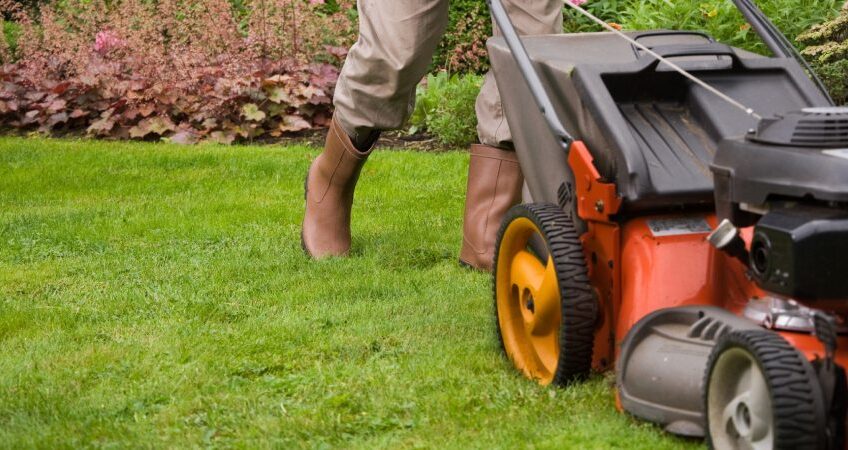Love it or hate, lawn mowing is one of the most important tasks for your yard during spring and summer. Cutting your grass properly is one of the key ingredients to a healthy and thriving lawn. Every cut will encourage the blades to grow thicker and will help you achieve that luxuriant look your neighbor will envy. Properly cut grass will also help block out weeds and other unwanted plants plus it will also make the grass more resilient to wearing.
1.THE ONE-THIRD RULE
You might have heard this rule countless times, since it’s the number one thing every lawn care professional advocates for proper mowing. It’s as simple as this:
Never cut more than 1/3 of the grass blades’ height at a time.
2. MOW ON A HIGHER SETTING
Your first instinct is likely to cut the blades short. Understandably, no one wants to cut their grass frequently, but the health of your grass depends on this tip.
Sticking to the one-third rule, your lawnmower should be set to cut the blades higher. Higher settings ensure that grass grows thick. As a direct result, grass takes up more space, making it harder for weeds to take root and reducing their access to sunlight and nutrients. Lawns left unmown or cut too short leave grass vulnerable to diseases in addition to weeds. The bottom of the grass blades, the crown where the roots come together, can become damaged, inhibiting their ability to sprout new growth and take in nutrients. Moreover, water loss is common in blades cut too short, and photosynthesis is not as efficient with the loss of surface area to take in sunlight.
3. MOW HIGHER IN SHADED AREAS
Shaded areas of your lawn receive less sunlight, so photosynthesis is less efficient. Grass here may not grow as fast, so cutting on higher setting than you normally would makes sure these areas are not overcut.
4. SCHEDULE CUTS ACCORDING TO HEIGHT
Instead of following a set calendar-based schedule, you should cut the grass as soon as you notice it has grown too high. Optimally, when it first grows in the spring, you let it grow about a third higher than the grass’s ideal height—there’s that rule again! After the first cut, continue to mow once it reaches this initial height throughout the spring and summer.
5. VARY MOWING PATTERN
If you cut your grass in the same pattern every time, you create grooves and tracks of compacted soil and grass can become thinner. Grass will grow straighter and thicker with different mowing routines.
6. ONLY CUT DRY GRASS
Make sure never to cut grass when wet, if you can help it. Wet grass clumps, gets stuck in the mower blades, and can flatten areas of grass and block sunlight, making those areas less likely to grow healthily. For an even lawn and less hassle, only cut dry grass.
If You need help, Call Us or send a message.

